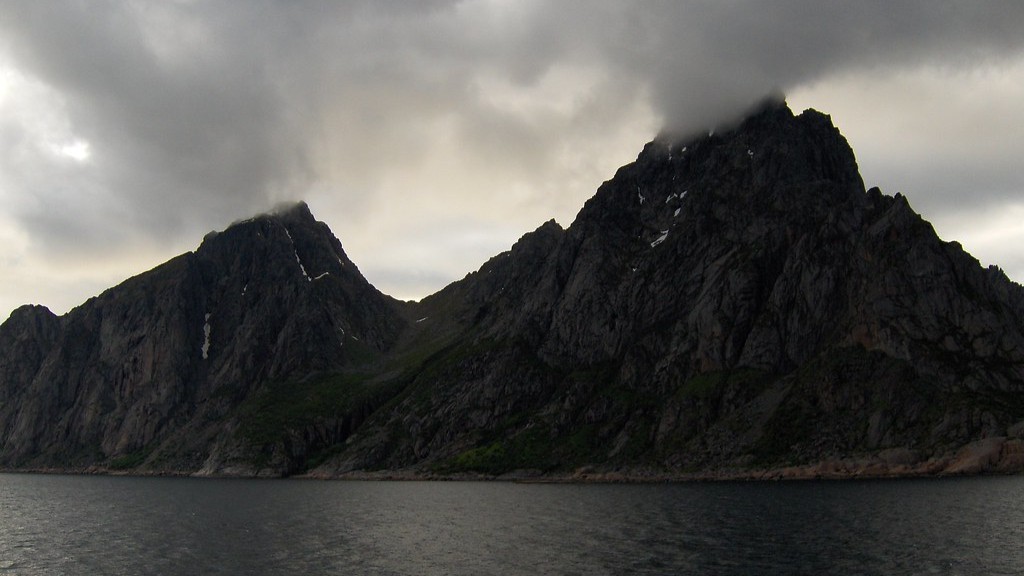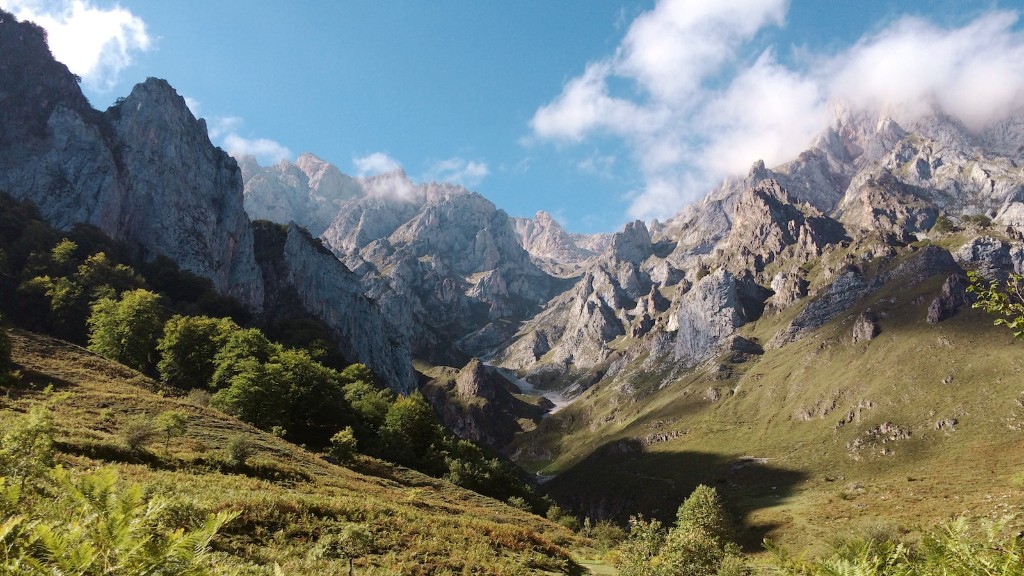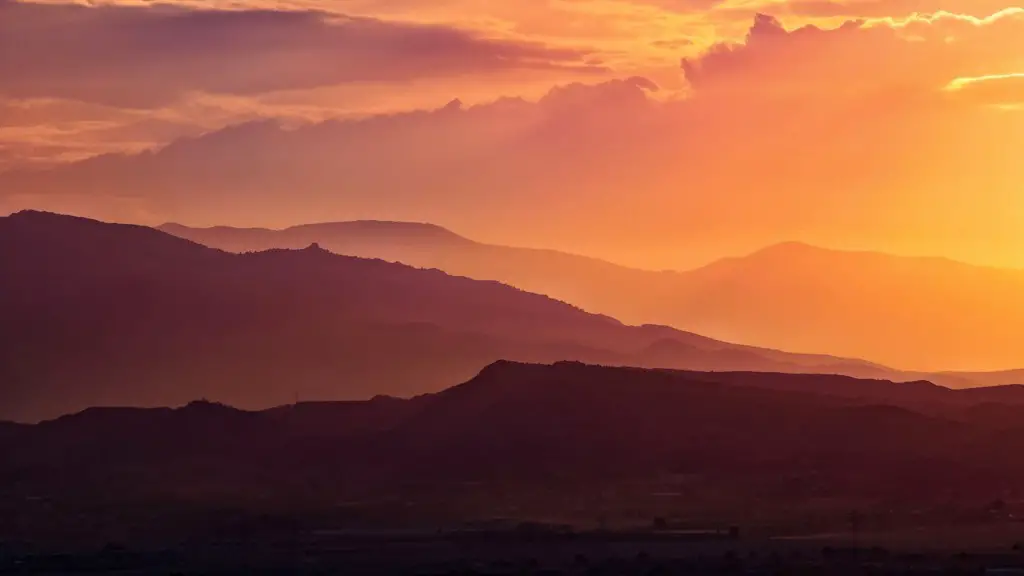mount Fuji is the highest mountain in Japan and is considered one of the country’s national symbols. It is located on the island of Honshu and is about 100 kilometers southwest of Tokyo. Mount Fuji is a popular tourist destination, especially for Japanese tourists, and is frequently depicted in art and literature.
Mount Fuji is important to Japan for a number of reasons. First, it is the tallest mountain in the country and is thus a natural landmark. Second, it is considered a sacred site by many Japanese people, and is home to a number of shrines and temples. Finally, it is a popular tourist destination, and many people from all over the world come to Japan to see Mount Fuji.
What makes Mount Fuji so special?
Mount Fuji is famous for its beauty and its prominence in Japanese culture. The mountain is considered sacred, and many temples and shrines are located around it. It is also the tallest mountain in Japan, rising to 12,388 feet (3,776 metres).
1. Mount Fuji is actually three volcanoes in one.
2. Women were forbidden to climb it until 1868.
3. It is a sacred mountain.
4. It was first climbed by a monk.
5. It is a symbol of Japan.
6. It is an active volcano.
7. It last erupted in 1707.
8. It is surrounded by five beautiful lakes.
Why are mountains important in Japanese culture
The mountains have always been a special place for the Japanese people. They are seen as a place of great spiritual power and are often revered as sacred places. This is due in part to the strong relationship that the Shinto religion has with nature. The mountains are seen as a place where the gods reside and where one can go to commune with them. This makes them a very important part of Japanese culture and history.
The Hoei eruption was one of the most damaging volcanic eruptions in Japanese history. It not only caused extensive damage to homes and infrastructure near Mount Fuji, but also resulted in many deaths due to starvation and exposure. The tephra fallout from the eruption also made it difficult for people to grow crops and access clean water, which led to even more death and suffering.
Why do people love Mount Fuji?
Mountain climbing is definitely not for the faint of heart. It takes a lot of strength, endurance, and courage to summit a mountain. But for those who are thrill seekers, mountain climbing is the perfect adventure. There is nothing like standing on top of the world, looking out at the incredible views.
Fuji is one of the most popular mountains to climb in Japan. It is sacred to the Goddess Sengen-Sama, and Japanese Buddhists believe that it is a gateway to another world. Today, travellers and climbing enthusiasts from all over the world flock to this sacred mountain.
Climbing Fuji is definitely a challenge, but it is an experience that you will never forget. If you are looking for an adventure, then mountain climbing is definitely for you.
Fuji is a Japanese folklore about a woodsman who was awakened by a loud noise he thought was an earthquake. When he checked near his house, he saw that in the land that used to be flat appeared a mountain. The woodsman was amazed by the mountain’s mysterious existence that he called it Fuji-yama or the Never-Dying Mountain.
What does Mt. Fuji symbolize?
Mount Fuji is Japan’s highest mountain and one of the world’s most iconic landmarks. For centuries, it has been an important part of Japanese culture, appearing in art, literature, and folklore. It is also a popular tourist destination, with thousands of people visiting each year to hike to the summit or simply enjoy the views.
Fuji’s spiritual importance stems from its status as a sacred mountain. In Shinto, the native religion of Japan, mountains are seen as the homes of gods and goddesses. Fuji is home to the goddess Sengen-Sama, who is worshipped at the many shrines and temples that dot the mountain’s slopes.
Fuji’s national importance is also significant. It is Japan’s tallest mountain and symbolizes the country’s natural beauty. It is also a popular tourist destination, bringing in visitors from all over the world.
Whether you’re interested in its cultural or natural history, Mount Fuji is a must-visit spot in Japan.
An eruption could threaten the lives of over 8 million people in Tokyo and nearby areas, as well as destroy roads and railways connecting some of Japan’s most populous cities. If an eruption were to occur, it would be advisable to evacuate the area and seek shelter. It is also important to have a plan in place in case of an eruption, so that you know what to do and where to go.
Who owns Mt. Fuji
It’s interesting to learn that Mt. Fuji, one of Japan’s most iconic landmarks, is actually privately owned by Fujisan Hongū Sengen Taisha. This Shrine owns over 1,300 temples around the island nation, and has owned Mt. Fuji since the 8th stage of the mountain. It’s definitely a fascinating piece of history, and it’s good to know the background of such an iconic landmark.
The three sacred mountains of Dewa in Yamagata Prefecture, Japan – Mt Haguro, Mt Gassan, and Mt Yudono – are important mountains in the Shugendo tradition of mountain asceticism. Shugendo is a form of Japanese mountain worship that combines elements of Buddhism, Shinto, and Taoism, and practitioners believe that by undertaking ascetic practices on these mountains they can attain spiritual enlightenment. The mountains are beautiful and surrounded by old-growth forests, and the experience of hiking them is said to be incredibly peaceful and rejuvenating.
Why are mountains sacred in Japan?
Shintoism is a religion that believes in animism, or the idea that everything has a soul. This includes natural features like rivers, trees, and mountains. Because of this belief, Shintoism often results in the worship of sacred mountains and other natural features.
The Mount Fuji faith is a religion that worships Mount Fuji as a god. The faith has its roots in the Sengen faith, in which Mount Fuji is worshipped as a god. The main shrine dedicated to the worship of Mount Fuji is located on the foothills of the mountain. The faith is based on the belief that Mount Fuji is a sacred mountain that has the power to connect the world of the gods and the world of humans.
Will Mount Fuji ever erupt again
Although Mount Fuji is a popular tourist destination, it is also an active volcano that has erupted about 180 times over the past 5,600 years. The most recent eruption was more than 300 years ago, the Hoei eruption of 1707, and experts anticipate that another eruption could occur again before long.
Mount Fuji is a popular tourist destination in Japan and is one of the most beautiful places in the world. Designated as a UNESCO World Heritage site in 2013, Mount Fuji’s stunning appearance has long been worshipped and continues to be a source of inspiration for artists.
Why is it important to preserve Mount Fuji?
Mt Fuji is one of the most popular tourist destinations in Japan. Every year, people from all over the world come to see the magnificent mountain. The registration of Mt Fuji as a world cultural heritage means that the original Japanese valuejudgemnt of nature and culture was recognized internationally. Mt Fuji is a masterpiece of earth orogenic movements and the beauty of the mountain is breathtaking. The mountain is a sacred place for the Japanese people and it is a symbol of the country.
The ascent to the top of Mt Fuji is relatively easy as long as you’re in good shape. There are a few challenging parts which are steep and rocky but they are not frequent. The main challenge is the altitude which can cause climbers problems, especially those with little climbing experience.Overall, the climb is manageable and definitely worth the effort to see the stunning views from the summit!
How many deaths did Mount Fuji cause
The eruption of Mount Fuji in Japan in 1707-1708 was one of the biggest and most powerful eruptions in history. It ejected 08 cubic km of ash, blocks, and bombs, and caused damage to houses and crops. Five historic eruptions have caused damage, including the 1707-1708 eruption, but no fatalities. Fuji had two large eruption (VEI=5) in 1050 and 930 BC.
The Blue Mt Fuji Nama is a type of beer that gets its blue color from the use of Spirulina, a blue-green algae. It also uses blueberry and is characterized by a fruity hop aroma and citrus and berry flavors.
Conclusion
Mount Fuji is important to Japan for many reasons. It is the highest mountain in Japan and is a popular destination for hikers and climbers. Mount Fuji is also a symbol of Japan and is often featured in art and literature.
There are many reasons why Mount Fuji is important to Japan. For one, it is the tallest mountain in Japan and is therefore a national symbol. It is also an active volcano that has the potential to cause great harm to the surrounding areas. Additionally, Mount Fuji is a popular tourist destination and is often considered a sacred mountain.





